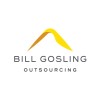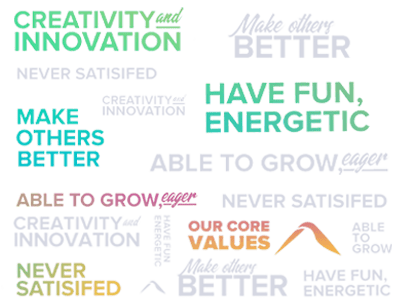The fact that customer experience is the key to success is not a new revelation. With the marketplace competition growing fast, delivering exceptional customer service that surpasses all customer expectations is an easy option for business survival and success.
Introduction
Sometimes, even subsistence in this cut-throat competition can seem challenging. But, this can be made easier by closely tracking the business’s success rate and the factors impacting the same. In the realm of contact center business, measuring the Key Performance Indicators (KPIs) is extremely important as doing so can help you understand where your business is going and its pace of growth. Several KPIs should be measured and improved to enhance your customer experience. Some of these are as mentioned below:
1. Return on Investment (ROI)
Marketing is no longer just about promoting your products and services. It is about reflecting the voice of the customers and satisfying their needs. Therefore, it is crucial to measure whether a company has been able to deliver products that are on par with their expectations and the percentage of ROI they attained. Ascertaining these rates can help you determine how effective your marketing campaign is and help you achieve the desired ROI.
2. Website Traffic
The number of visitors who visit your website through multiple sources like advertising, social media platforms, and email campaigns is beneficial. This enables one to determine the steps and germs that can help create the desired impact on the business output. In other words, the higher the number of visitors to the website, the higher the number of leads generated for the business.
3. Time Spent on the Website
The time spent by a customer on your website is an accurate indicator of its good or bad performance. However, more time spent on the website does not necessarily imply that it delivers optimum performance. This can be good for some businesses and bad for others.
For instance, an e-commerce website with multiple products can have a higher time spent on the website as an indicator of good performance. This is because if a person spends too much time on the website, doing research and placing an order is okay. On the other hand, a website offering self-service options should have a low time spent by the visitor as this would imply that their website is user-friendly and presents information appropriately.
4. Conversion Rate
This rate indicates the number of visitors who take the desired action or attain the desired goal out of the total number of visitors on the website. To achieve a high conversion rate, offering your customers the experience they are looking for is essential. This, in turn, would inspire them to move closer towards becoming a valuable lead, assisting in attaining the desired goal.
5. Customer Churn Rate (CCR)
This refers to the number of people who stop purchasing or availing of any service from your business. A high churn rate could be better for your business. It can be identified easily by ascertaining the number of people availing your services at present compared to those at the start. For instance, if the number dips down, i.e., people stop helping your services, you have a high CCR and vice-versa.
CCR can be calculated by dividing the number of lost customers by the total number of active customers over a period. In the case of higher CCR, a business needs to start taking necessary measures immediately to boost customer loyalty and improve its CCR.
6. Net Promoter Score (NPS)
It is the rate at which a brand is likely to be recommended by the customers (promoters) compared to those who won’t endorse it (detractors). A higher number of recommendations implies a positive NPS, whereas a lower recommendation score leads to a negative NPS.
To calculate NPS, subtract the number of detractors from the number of promoters present during a survey. Then, divide this number by the total number of survey respondents multiplied by 100.
While a higher NPS is good, it is essential to begin working towards improving your customer experience and changing how your customers think about your brand in case of a lower NPS.
7. Customer Satisfaction
It can be defined as the customers’ average satisfaction score for a given period. This can be calculated by getting a customer satisfaction survey filled out by the customers and then evaluating the same on various parameters. Considering this score is vital as this would help determine the average number of customers who are happy with your services and the flaws in your services wherein you need to put in some extra effort for better services.
8. Average Resolution Time
It is the time the contact center takes to resolve a customer’s query. If a business takes more time to resolve a customer’s question, it will lead to a higher customer dissatisfaction rate, decreasing your customer experience. Therefore, companies must focus on delivering immediate resolutions to their customers, as faster answers will lead to higher customer satisfaction scores. An inability to provide a quick solution would impact your customer satisfaction score, which, in turn, would affect your overall brand image.
Conclusion
Delivering the best customer experience is a familiar idea. These days, businesses have been keeping their customers informed and updated about the best things to buy and not to buy from the market. However, customers are much more conscious these days, so they prefer to rely on something other than the information provided by marketers. Therefore, to gauge your performance, it is essential that these customer-related KPIs are appropriately monitored and the necessary steps are taken to deliver an improved and enhanced performance.




